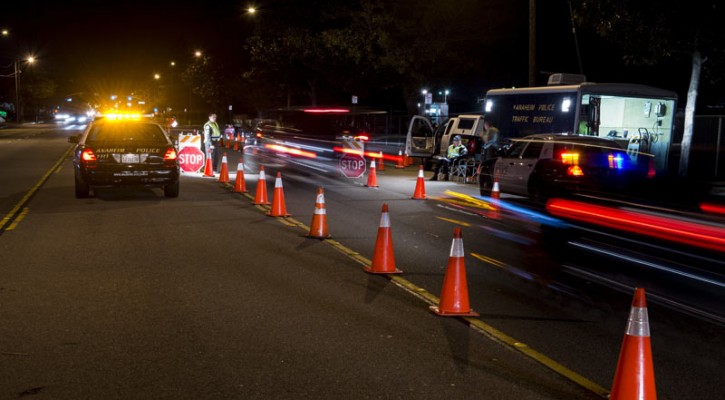
Spring Break Pedestrian Safety Tips
March 3, 2009
Many students look forward to spring break as a rite of passage. Taking a vacation from academics just as the weather turns warmer is a welcome break; it’s a time to hang out with friends and relax. Students often travel to a beachfront community so they can spend the week lying on the sand, playing beach volleyball, and participating in water sports.
Businesses in beachfront communities typically welcome spring breakers. But the increase in all types of traffic can be frustrating for year-round residents, and spring breakers themselves may drive carelessly or recklessly. This can prove deadly for pedestrians, who must often cross beachfront avenues to access the beach or nearby businesses.
According to the National Highway Traffic Safety Administration (NHTSA), in 2007, 4,654 pedestrians were killed and 70,000 pedestrians were injured in traffic crashes in the United States. On average, a pedestrian is killed in a traffic crash every 113 minutes and injured in a traffic crash every eight minutes. Forty-eight percent of all pedestrian fatalities in 2007 occurred on Friday, Saturday, or Sunday.
Tips for Pedestrians
Pedestrian safety is an important, though often unconsidered, aspect of spring break safety. As a pedestrian, follow these tips to make the most of your spring break:
- Put safety first. You are on spring break to have fun, but disregarding your own safety could result in tragedy.
- Don’t assume that motorists will yield to you when you are at an intersection or even in a crosswalk. Be especially careful at intersections where drivers may be turning onto another street. If you are in their path, they may not see you in time to stop.
- Use a designated crosswalk when possible. Stop and look left, right, and left again before crossing.
- Stand on the curb or off the roadway while you make sure it is safe to cross the street. If your view of the street is blocked, stop when you reach the edge line of the object and look around it before entering the roadway.
- Include motorcyclists and bicyclists in your visual search before you cross the street. A collision with any other vehicle, even one with only two wheels, could result in serious injury or death.
- If there is no sidewalk and you must walk in the street, walk facing traffic and be especially careful.
- At night, try to cross the street only in well-lit areas. Increase your visibility to others by carrying a flashlight.
Tips for Motorists
Of all the highway users, pedestrians are the most vulnerable, so drivers have a special responsibility to watch for and protect pedestrians.
- Let go of assumptions you may have about pedestrians so you can put their safety first. Many pedestrians are not fully aware of traffic laws, including those that pertain to signals. Many do not know the distance needed to stop a moving vehicle. Never assume that pedestrians will move out of the way. Be ready to stop to allow a pedestrian to cross safely.
- Many pedestrians take for granted that drivers will yield the right of way to anyone in the crosswalk. When they cross at an intersection with a Walk signal, pedestrians may not even look for oncoming traffic. Always watch for pedestrians in case they are not watching for you.
- Pedestrians waiting to cross the street often stand in the street instead of on the curb. Groups of pedestrians often separate when they are crossing the road. Some may even dash across the street without warning. When you see pedestrians waiting to cross, cover your brake and remain alert.
- Be especially vigilant about pedestrians at night, even in well-lit areas. It is often difficult to identify pedestrians at night.
